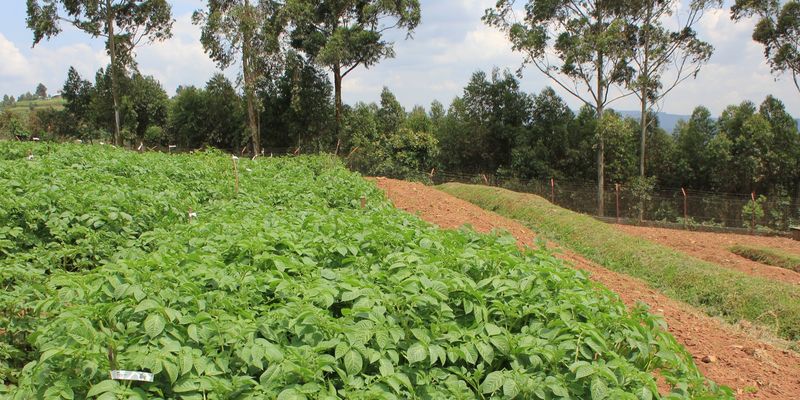Data use
Crop security and adaptive strategies in sub-Saharan Africa under climate change
Published 11/13/2020
Study assesses strategies for 29 sub-Saharan crops to mitigate impacts of future climates

With climate change expected to negatively impact agriculture, devising adaptive strategies for crops is an important step in overcoming this global challenge.
In this study, researchers developed an analytical framework for assessing crop security and mitigating strategies for agriculture in sub-Saharan Africa, considered especially at risk due to its tropical location, socioeconomic policy and farming characteristics.
Based on occurrence data from GBIF and other sources, the authors modelled the climatic niches of 29 major crops and 778 of their wild relatives—now and in the future—to determine crop security.
For each crop they then assessed the potential success of three strategies: switching to cultivars from other continents, using wild relatives, or—in the worst cases—replacing with another sub-Saharan African crop.
The risk of impact by climate was high for some crops, especially Guinea yam (Dioscorea spp.) and Robusta coffee, while low for others, like sorghum and watermelon. For Guinea yam, switching to another crop might be the only solution, while exploring non-African cultivars or wild relatives of potato, squash and millet may help maintain these crops in future climates.